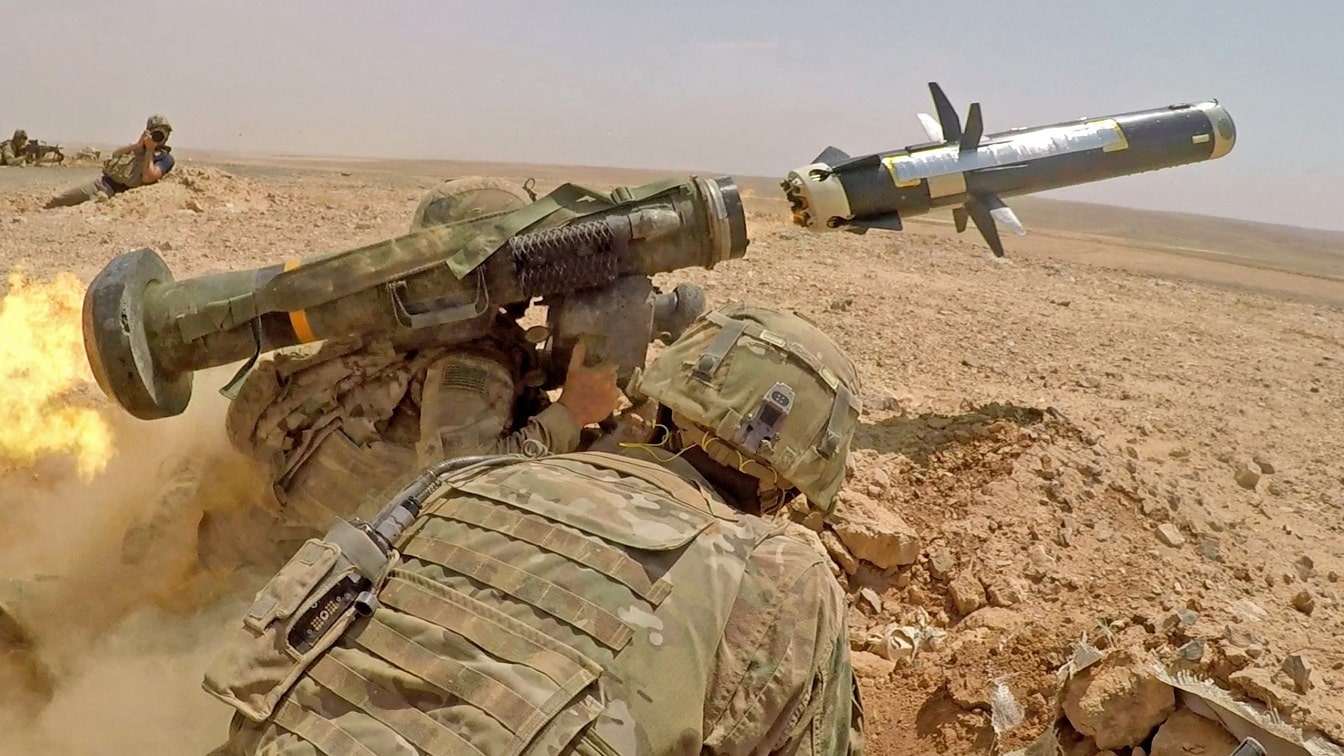We’re Focused on Ukraine But Look Out For the Russian Threat to the Baltics: It was a shot heard around the world in the Russian military analysis community. A RAND Corporation simulated wargame in 2016 concluded that the Russian military could reach the suburbs of the Estonian and Latvian capitals of Tallinn and Riga in less than 60 hours. In the iterations of the exercise, the Estonians and Latvians would need at least seven brigades of troops that include at least three armored brigades to potentially fight the Russians to a standstill.
But it gets worse from here. In another RAND wargame in 2019, the players examined if NATO and Russia would use tactical nuclear weapons during a simulated war in the Baltic states (Estonia, Latvia, and Lithuania). The scenario also had Russian conventional forces over-running capitals in the Balkans and NATO having the last fail-safe option to use non-strategic nuclear weapons.
What Type of Warfare Could the Russians Use Against the Baltics?
A widespread fear is that the Kremlin could use hybrid warfare (conventional and unconventional aspects of power projection) again to annex parts of the Baltics, which would trigger Article V with NATO allies and would require a military response against the Russians from NATO members. A glance at a map will tell you that St. Petersburg is dangerously close to Tallinn, Estonia and Riga, Latvia. But according to General Valery Gerasimov, the Chief of the General Staff of the Armed Forces of Russia, the distinctions between offensive aspects of war and defensive aspects of war are blurring.
Under this Gerasimov Doctrine, the Kremlin then could engineer a Russian hybrid incursion of cyber and information warfare attacks against the Baltics, and these tactics could be made to be seen as a defensive operation. Since the Baltics have ethnic Russians as part of the population, Moscow could employ special operations forces as peacekeepers to protect compatriots. This could happen with an information warfare campaign that would increase the chances for protest and other domestic unrest with ethnic Russians as victims in the Baltics. Then a hybrid operation would ensue to protect ethnic Russians.
According to the two RAND sets of wargames, the Russians would then bring in the heavy armored and mechanized infantry units to “teach the Baltics a lesson.”
Russia Has the Baltics Are Outmanned and Outgunned
After the 2016 wargame, an analysis of Baltic military power was frightening. The entire troop level for the Baltic states in 2017 was 22,000 soldiers and 448 artillery pieces but no tanks and warplanes. By comparison, the Russians had 300,000 troops in the Western Military District – the forces that would challenge the Baltics. A 2021 report from the CNA think-tank said the Russian Western Military District “fields the most robust, most numerous, and most capable fighting forces.”
Kaliningrad Is Another Threat
The Russians also field significant conventional and nuclear forces in the Kaliningrad exclave which shares a 185-mile border with Lithuania in the north and a comparably long border with Poland in the south. The Zapad military exercise in 2021 saw the Russian military working with Belarus to simulate an attack across the Lithuanian border. Now the Russians have even more troops and heavy weapons in Belarus. Moscow claims that this deployment is only for practice maneuvers with the Belarusian military.
Lithuania has reacted by tripling defense spending since 2013 and purchasing armored personnel carriers, air defense systems, and artillery. The Baltics in totality now have around 30,000 active-duty troops. All the Baltic countries spend at least two percent of their Gross Domestic Product on defense.
NATO Is a Big Help
NATO has responded by setting up multinational battalions in the Baltic states of around 1,000 soldiers. The United States usually has a rotational 4,500-size element in Poland and often sends in American soldiers as advisors and trainers to the Baltic forces. The United States has authorized $346.3 million in military sales to the Baltics since 2015, mostly for air defense capabilities. With no fighter planes of their own, the countries must depend on rotating detachments of NATO warplanes. NATO often has to intercept Russian fighters that commit incursions. The three Baltic nations want to jointly develop a multiple-launch rocket system by 2025.
What Is the Defense Strategy for the Baltics?
The military situation in the Baltics is tricky. Should the Americans decide to put a permanent force of troops in the Baltics, Vladimir Putin would cry foul and accuse the United States of further threatening Russia. This is not the time to provoke the Russians anymore because of the situation in Ukraine.
But the Baltics need help. NATO is doing, by all reports, all it can to backstop the three militaries that comprise the Baltics, yet a large force of Russian troops are at the doorstep, with a constantly threatening military posture. The United States is treaty-bound to respond if the Baltics are attacked.
Deterrence could be achieved if the Americans ever decide to keep a permanent force in Poland – the so-called “Fort Trump” plan – but this proposal crumbled over various disagreements on the details of force posture and construction needs of building a base in Poland.
The RAND simulated war games showed the world that the Baltics are at a military disadvantage against Russia. The situation will likely remain in status quo territory as long as Russia has troops in Ukraine as the United States and NATO prefer not to antagonize Putin further. A new Baltic defense strategy then will have to include more overall defense spending, purchases of new military hardware, enhanced partnerships with NATO, and the confidence that the United States will come to their aid if Russia ever attacks.
Now serving as 1945’s Defense and National Security Editor, Brent M. Eastwood, PhD, is the author of Humans, Machines, and Data: Future Trends in Warfare. He is an Emerging Threats expert and former U.S. Army Infantry officer. You can follow him on Twitter @BMEastwood.

